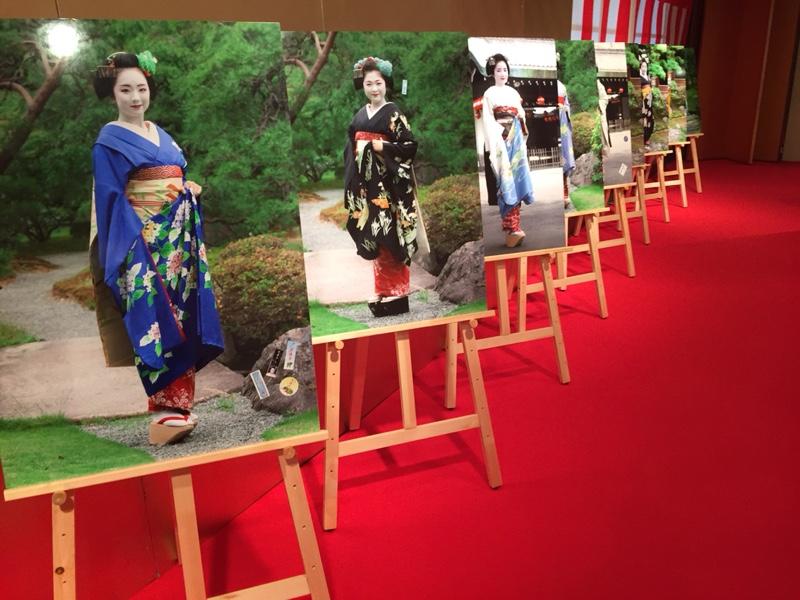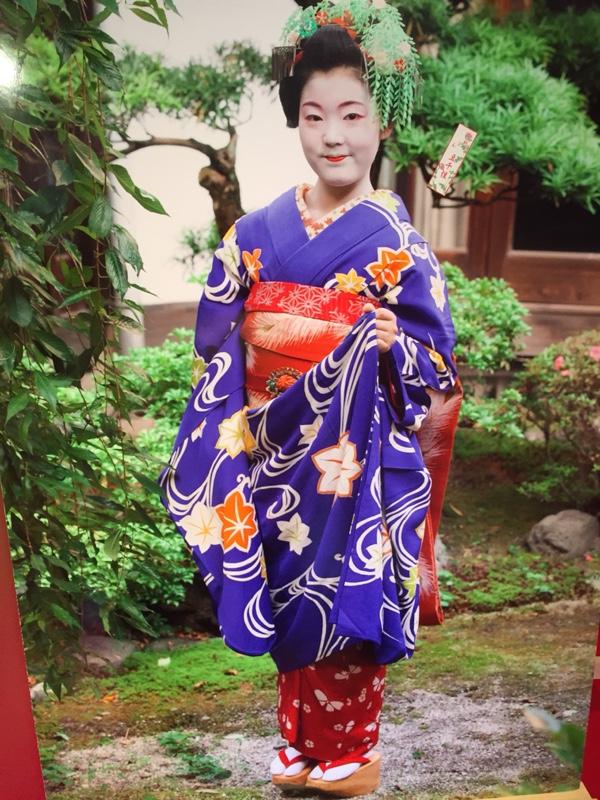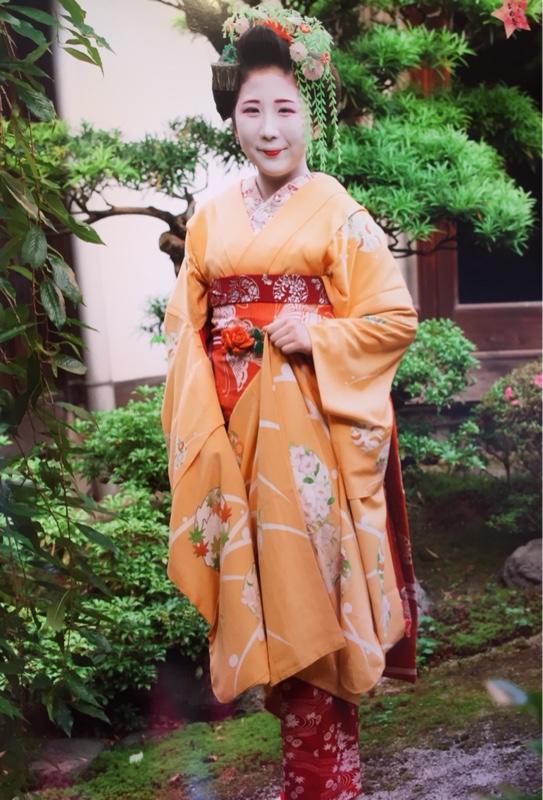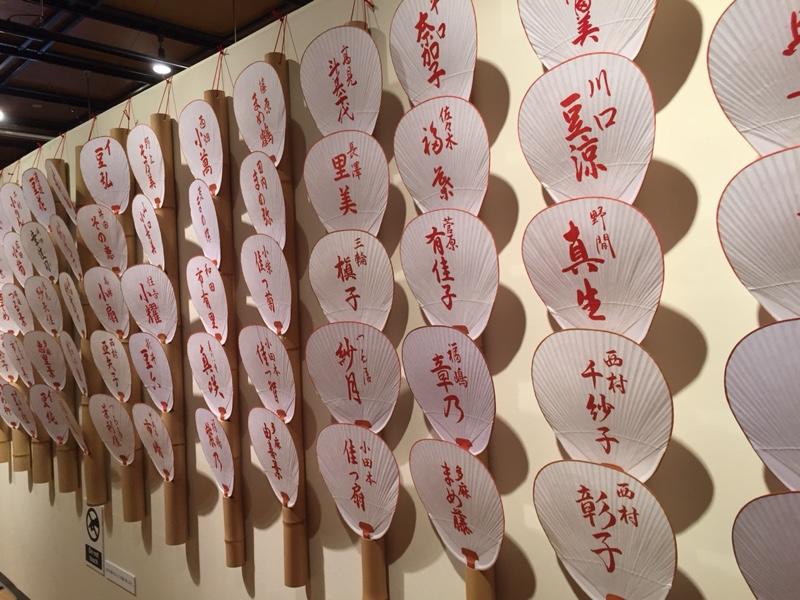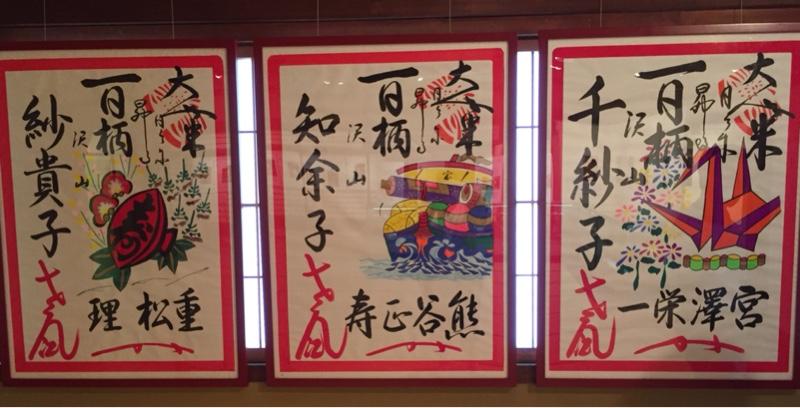After yesterday’s monster cultural walking tour of Tokyo, today we thought we’d take it a little easier and head to some pop culture highlights instead. Last time we were here, the Teenager was all over the Pokémon stuff on his DS and was loving the Pikachu love that was often on display in Tokyo. We even took him to the Yokahama Pokémon store and he loved it. This time, well, this time we are all a little Pokémon mad, having taken up Pokémon Go (which btw has proved to be excellent exercise over the last year) and so we decided to head to Pokémon central this morning – the Tokyo Pokémon Mega Centre in Ikebukuro’s Sunshine Centre. Ikebukuro Main Street.
Ikebukuro Main Street.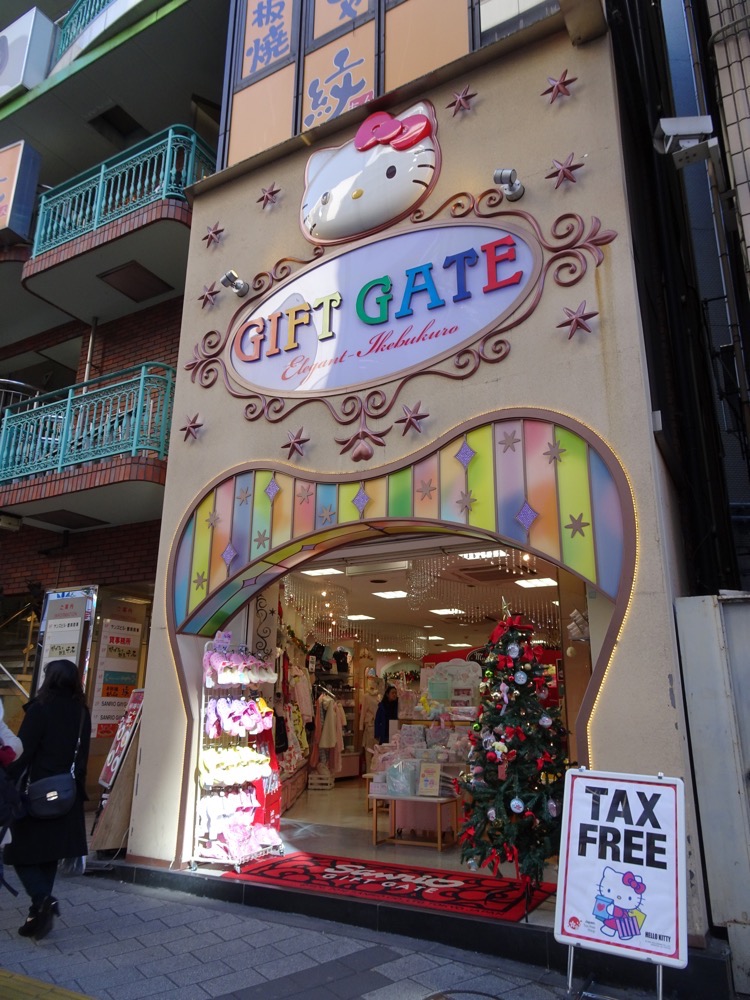
The Sunshine Centre is covered in Pokémon murals and accents before you even get anywhere near the place…

 And then we found the place – basically a Disney Store but for Pokémon, and at this time of year – packed to the gills with people, lots of loud annoying music, kids running amok and more plush toys than you can poke a stick at.
And then we found the place – basically a Disney Store but for Pokémon, and at this time of year – packed to the gills with people, lots of loud annoying music, kids running amok and more plush toys than you can poke a stick at.





 Unfotunately not a lot of merchandise that was designed for adults… I was hoping to find something I could buy in bulk to take home for our local raid teams, but seriously? Golf balls, stationery or phone cases was about the extent of useful stuff that adults might like. I don’t think they are catering for their PGO market here – which from what I have seen is largely being played by 25-45 year olds. Oh well. Marketing opportunity missed there, Nintendo.
Unfotunately not a lot of merchandise that was designed for adults… I was hoping to find something I could buy in bulk to take home for our local raid teams, but seriously? Golf balls, stationery or phone cases was about the extent of useful stuff that adults might like. I don’t think they are catering for their PGO market here – which from what I have seen is largely being played by 25-45 year olds. Oh well. Marketing opportunity missed there, Nintendo.

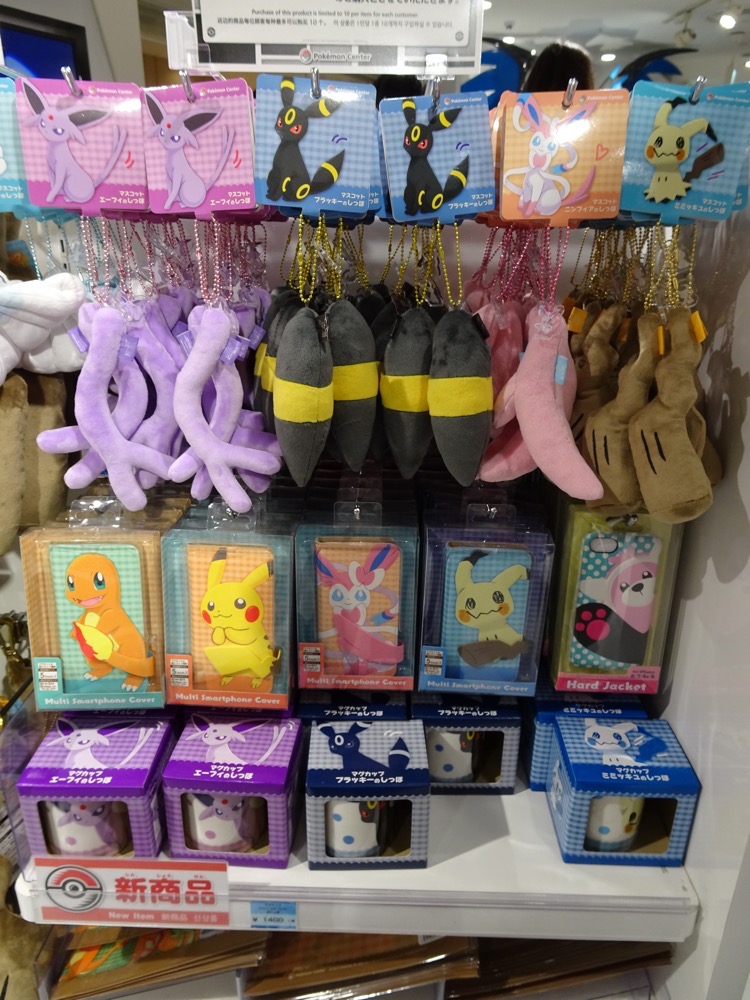

 While we were there a legendary raid popped on the Pokemon Mega Centre gym, so of course we had to raid the Groudon. I managed to catch it, but Mr K had to try again on the other Pikachu gym right beside it.
While we were there a legendary raid popped on the Pokemon Mega Centre gym, so of course we had to raid the Groudon. I managed to catch it, but Mr K had to try again on the other Pikachu gym right beside it.

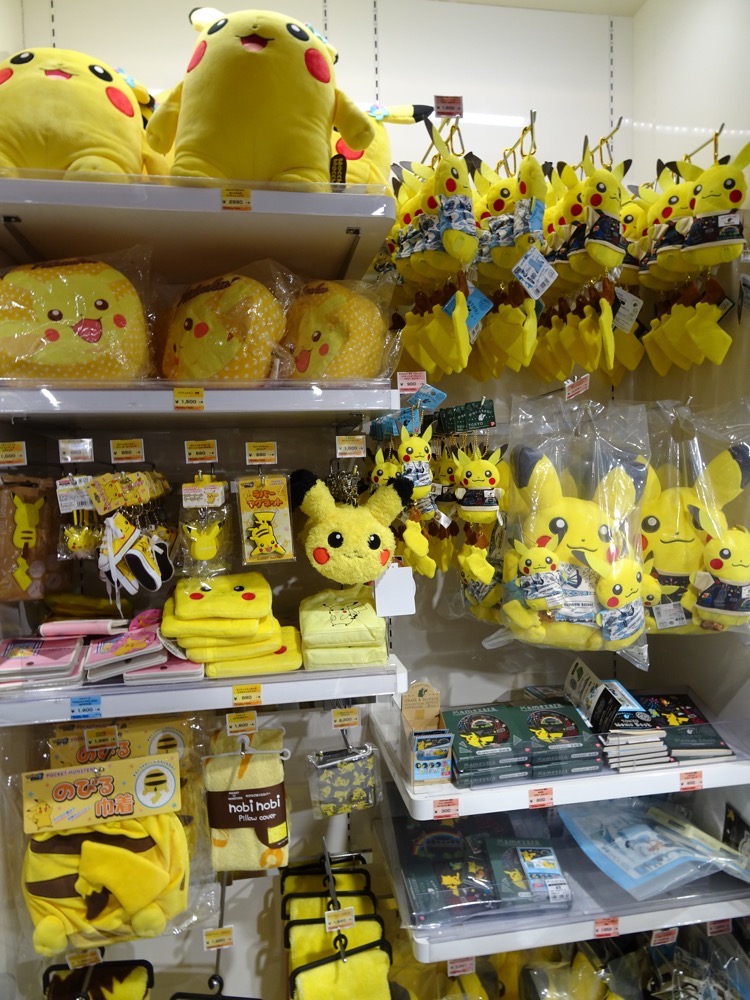 Just as we were leaving, things got really out of control – a Santa Pikachu turned up with the staff and the kids went crazy! So much noise and excitement and absolutely none of it decipherable by non-Japanese speaking tourists like us.
Just as we were leaving, things got really out of control – a Santa Pikachu turned up with the staff and the kids went crazy! So much noise and excitement and absolutely none of it decipherable by non-Japanese speaking tourists like us. And of course the ubiquitous vending machines full of Pokemon crap. Mostly Ditto for some reason…
And of course the ubiquitous vending machines full of Pokemon crap. Mostly Ditto for some reason…

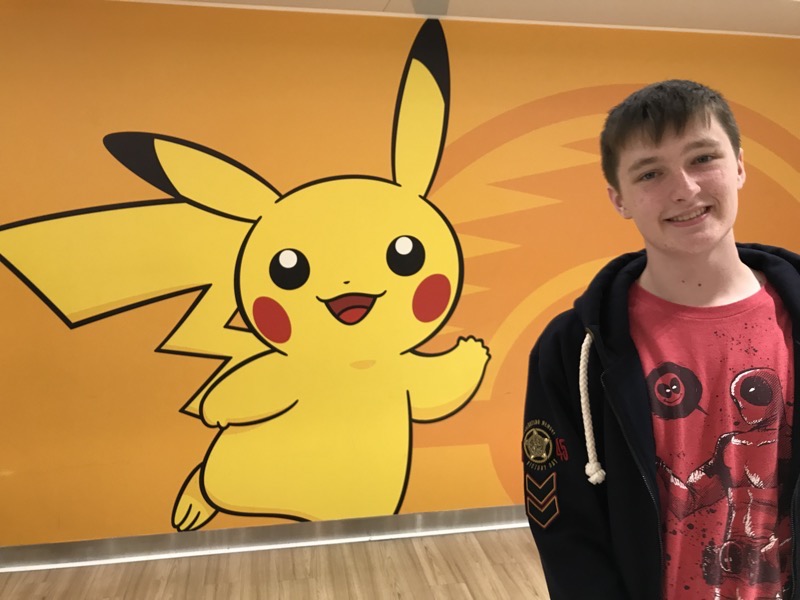 For lunch, we found this restaurant which had some amazing looking okonomyaki in the display window… well, amazing for over glossy plastic representations of food, but we thought it looked like a potentially delicious cabbagey omelette spot for lunch.
For lunch, we found this restaurant which had some amazing looking okonomyaki in the display window… well, amazing for over glossy plastic representations of food, but we thought it looked like a potentially delicious cabbagey omelette spot for lunch.
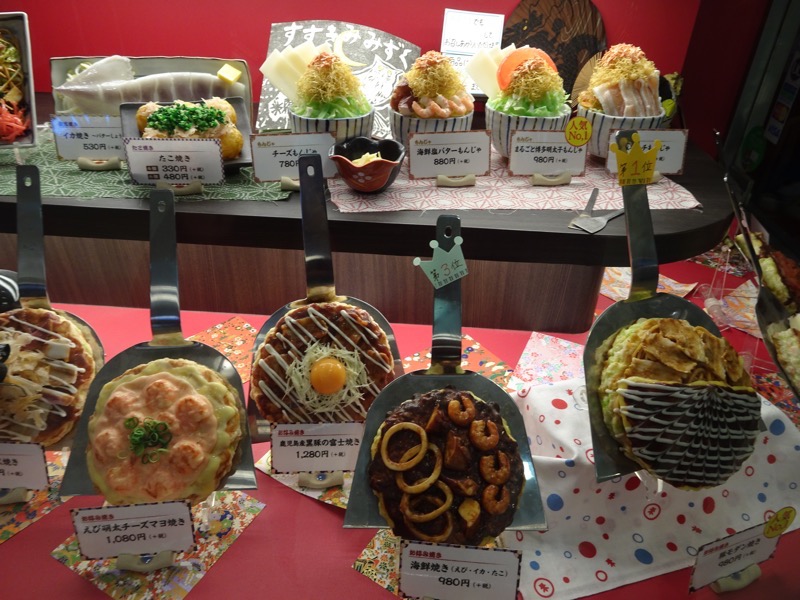
 However, we got inside and rapidly discovered that it was teppanyaki okonomiyaki? Cook your own damn cabbagey omelette restaurant? The Teenager looked somewhat unimpressed at having to cook his own lunch, but when in Rome, right?
However, we got inside and rapidly discovered that it was teppanyaki okonomiyaki? Cook your own damn cabbagey omelette restaurant? The Teenager looked somewhat unimpressed at having to cook his own lunch, but when in Rome, right?  There was a pile of useful instructions, not in English of course, but it gave comfort knowing that locals don’t necessarily know how to cook their own okonomyaki either. 😉
There was a pile of useful instructions, not in English of course, but it gave comfort knowing that locals don’t necessarily know how to cook their own okonomyaki either. 😉  Our lunches arrived – raw. And looked full of possible deliciousness… so long as I didn’t fuck up the cooking bit. 😀
Our lunches arrived – raw. And looked full of possible deliciousness… so long as I didn’t fuck up the cooking bit. 😀 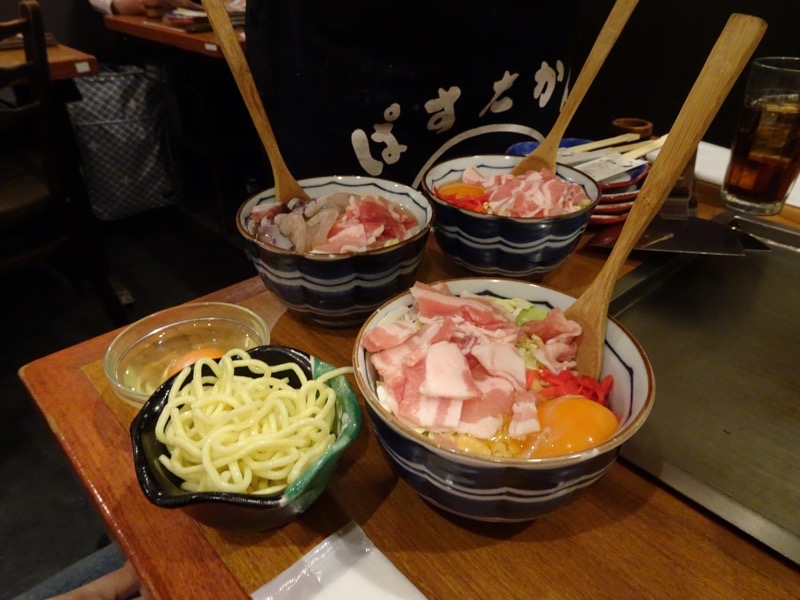 Thankfully, our server was kind enough to show us how it’s done – for the first one. Preparing the plate, cooking the meat/seafood, mixing the cabbagey mixture and then forming it into a 14cm pancake. Cook covered on one side for 4 mins on a lowish temperature, then use the spatulas to flip it over and cook for another 4 mins on the other side. Handy hourglass timers were provided to make sure your okonomyaki was cooked through.
Thankfully, our server was kind enough to show us how it’s done – for the first one. Preparing the plate, cooking the meat/seafood, mixing the cabbagey mixture and then forming it into a 14cm pancake. Cook covered on one side for 4 mins on a lowish temperature, then use the spatulas to flip it over and cook for another 4 mins on the other side. Handy hourglass timers were provided to make sure your okonomyaki was cooked through. 
 Et voila! Tasty tasty okonomyaki lunch!
Et voila! Tasty tasty okonomyaki lunch!

 Lunch was delicious and went down lovely with a cold glass of umeshu and biru.
Lunch was delicious and went down lovely with a cold glass of umeshu and biru.
Next stop after lunch was on the Teenager’s ‘must do in Tokyo’ list – a place called J-World, which is an amusement centre based on his favourite anime shows, One Piece and Dragonball Z.  He was pretty excited to be there… but only pulled this face for me after I prompted him to not look so blasé.
He was pretty excited to be there… but only pulled this face for me after I prompted him to not look so blasé. 
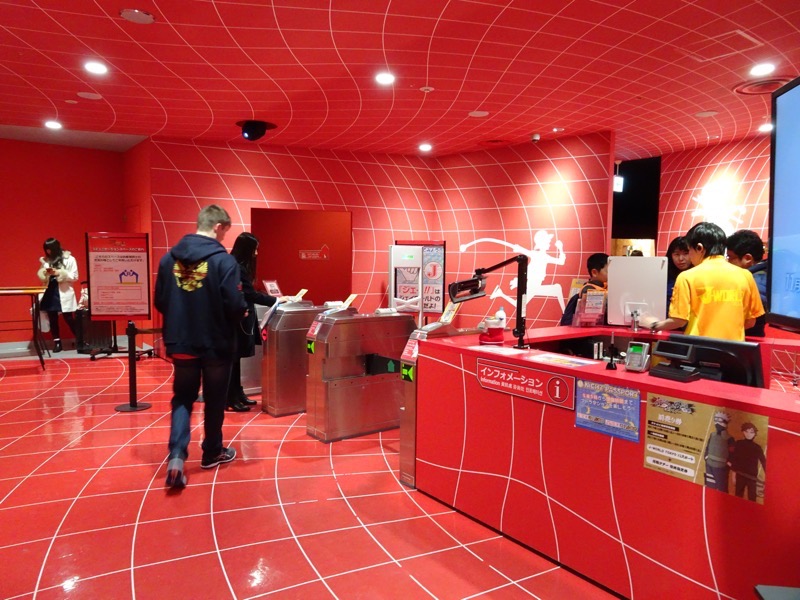 Now I am not an anime fan, and have no idea who all the characters are but this amusement centre/theme park was pretty full on. Rides, interactive experiences, virtual reality stuff, Segway clouds (?), a restaurant full of themed food, and of course the inevitable gift shop. I had no idea this One Piece thing was so huge… it’s about a pirate named Monkey.D Luffy on his quest to claim the treasure, the One Piece. From what I can understand it involves a lot of high drama and screaming alarmingly in Japanese at other adventuring characters.
Now I am not an anime fan, and have no idea who all the characters are but this amusement centre/theme park was pretty full on. Rides, interactive experiences, virtual reality stuff, Segway clouds (?), a restaurant full of themed food, and of course the inevitable gift shop. I had no idea this One Piece thing was so huge… it’s about a pirate named Monkey.D Luffy on his quest to claim the treasure, the One Piece. From what I can understand it involves a lot of high drama and screaming alarmingly in Japanese at other adventuring characters. 

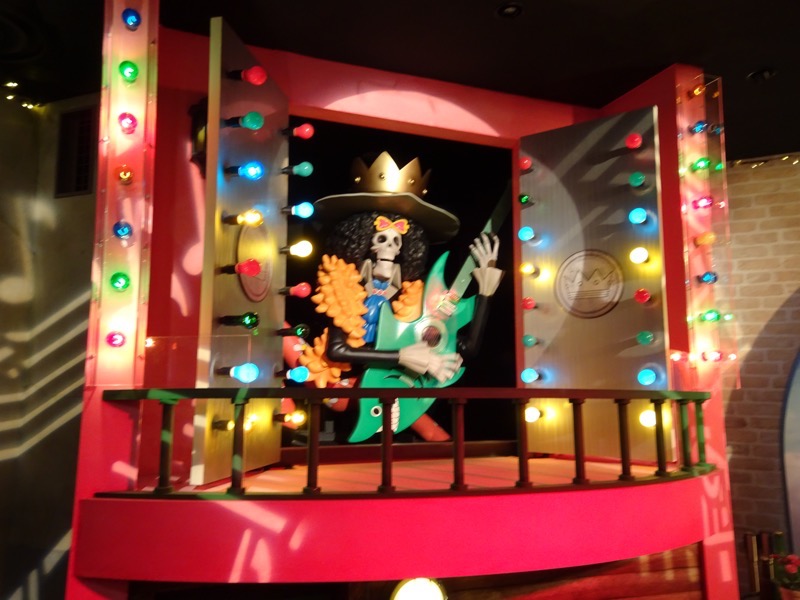
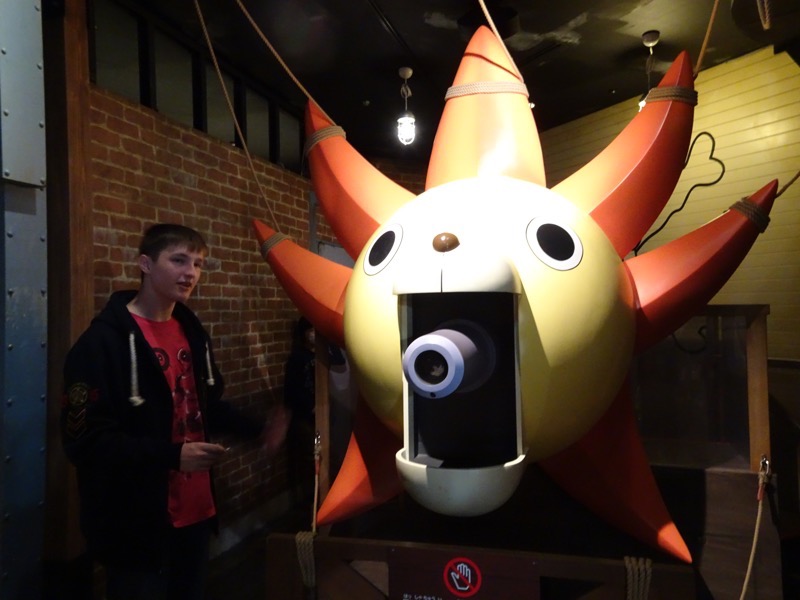
 This of course is the token female character… Nami. And this is how she is attired while her cohorts are wearing shirts and shorts or even suits or a long pirate coat. Poor thing, can’t afford clothes.
This of course is the token female character… Nami. And this is how she is attired while her cohorts are wearing shirts and shorts or even suits or a long pirate coat. Poor thing, can’t afford clothes. 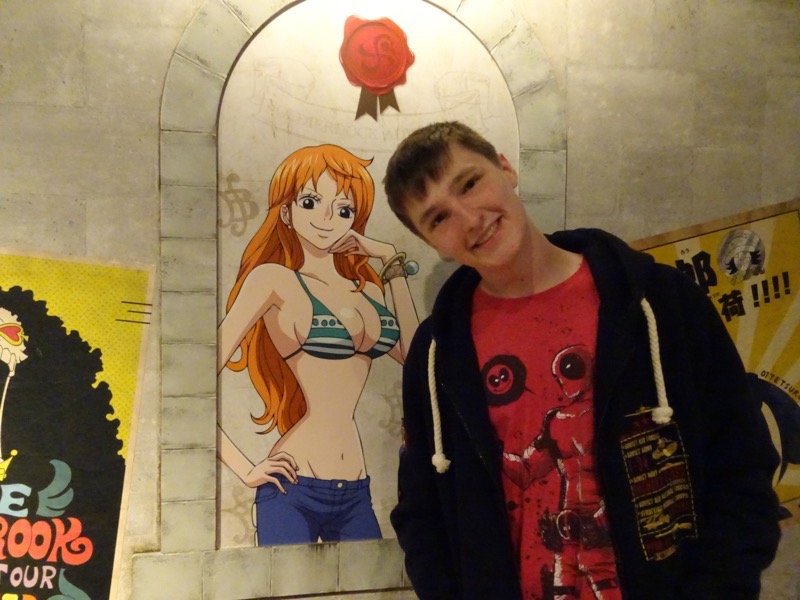


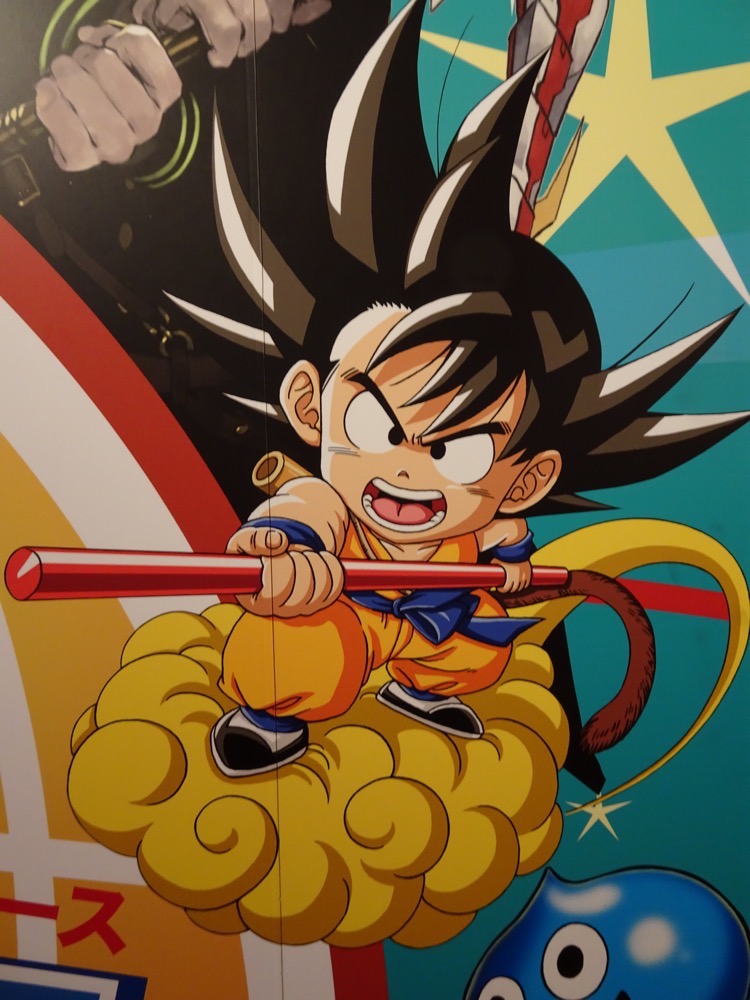 Kinto-un from Dragonball Z apparently.
Kinto-un from Dragonball Z apparently.



Many rides and hilarity later, it was time to get the hell out of the noisy anime amusement centre and find some solace… in sake! We left the Sunshine Centre and back to Ikebukuro for dinner. We wandered past some chain restaurants, and even a bloody Denny’s before we decided to head into the back streets to look for something a bit more local. We found a restaurant with a great looking menu, actual chairs instead of stools, and *drumroll please*… cheap sake taster plates!!
 Sake fuelled, Mr K soldiers on through his biru while we wait for some dinner.
Sake fuelled, Mr K soldiers on through his biru while we wait for some dinner. 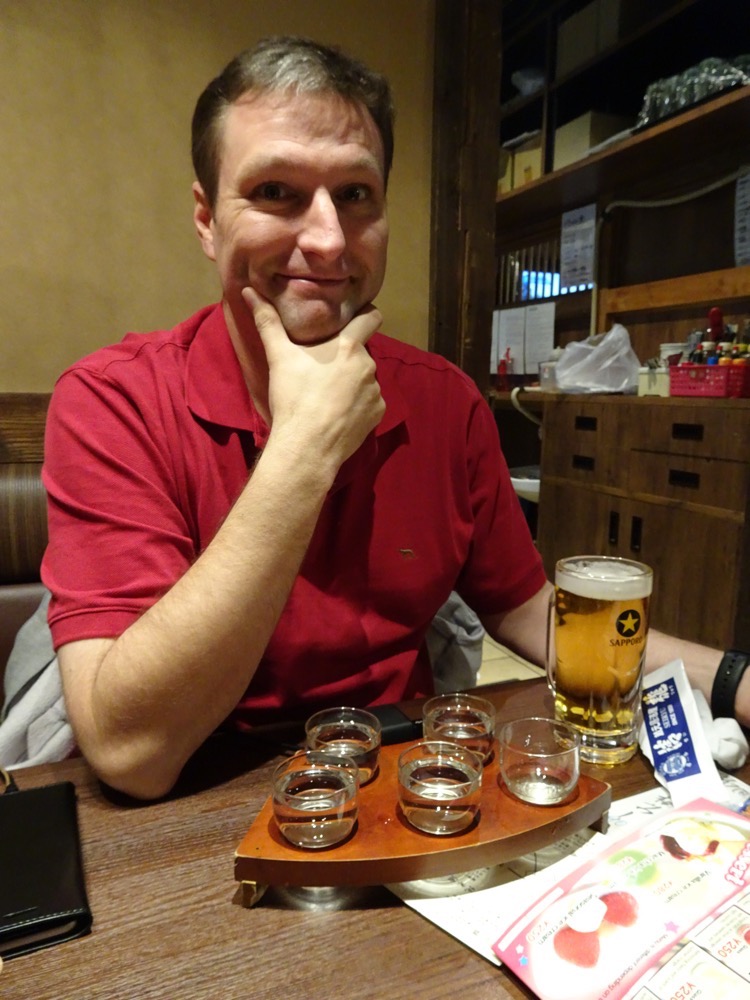 Ooh.. maybe there is fugu / blowfish on the menu? Do we risk it? Ah, not so much.
Ooh.. maybe there is fugu / blowfish on the menu? Do we risk it? Ah, not so much.  Drinking on an empty stomach is never advisable but dinner was well worth waiting for… fresh sashimi – the tuna is so much better here, I swear all the tuna we have in Australia at sushi restaurants is frozen, or frozen poorly or something. In comparison, I can honestly say I have never had good tuna back home, excepting maybe Sono at Hamilton. The texture is entirely different.
Drinking on an empty stomach is never advisable but dinner was well worth waiting for… fresh sashimi – the tuna is so much better here, I swear all the tuna we have in Australia at sushi restaurants is frozen, or frozen poorly or something. In comparison, I can honestly say I have never had good tuna back home, excepting maybe Sono at Hamilton. The texture is entirely different.
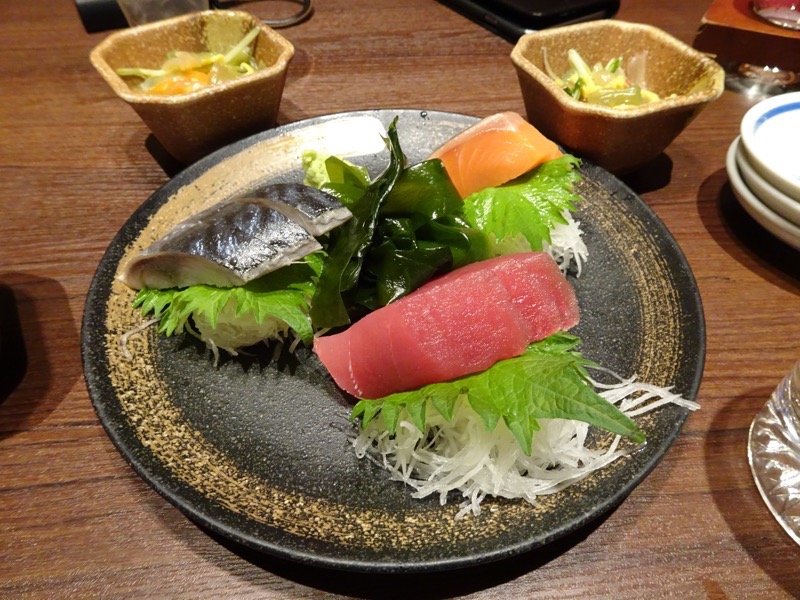 Grilled chicken and pork pot stickers.
Grilled chicken and pork pot stickers.
 Gyoza – of course, no meal seems to be complete without some.
Gyoza – of course, no meal seems to be complete without some.
 Some weird bean sprout omelette yumminess the name of which I can’t remember.
Some weird bean sprout omelette yumminess the name of which I can’t remember.
 Sake! All the sake!
Sake! All the sake!
 Then it was back to the trains – have I mentioned how awesome Tokyo trains are? Cheap, clean, efficient… kinda easy to navigate once you get the hang of them, super easy to navigate if you travel with your own transport industry professional! 😉 They’re great, and people are polite and mind their space, I love them – to go to Tokyo Tower.
Then it was back to the trains – have I mentioned how awesome Tokyo trains are? Cheap, clean, efficient… kinda easy to navigate once you get the hang of them, super easy to navigate if you travel with your own transport industry professional! 😉 They’re great, and people are polite and mind their space, I love them – to go to Tokyo Tower. Several stops and what seemed only a few minutes later, and up we pop in a new part of town, and the Tokyo Tower in front of us. Tokyo Tower is a communications with public observation decks in the Shiba-koen district of Minato. At 332.9 metres (1,092 ft), it is the second-tallest structure in Japan. Apparently it is inspired by the Eiffel Tower, and it is not difficult to see how. Allegedly, its distinctive orange and white colours come from a necessity to comply international air safety regulations…which then begs the question why isn’t the Eiffel Tower orange and white? Hmmm. #showerthoughts
Several stops and what seemed only a few minutes later, and up we pop in a new part of town, and the Tokyo Tower in front of us. Tokyo Tower is a communications with public observation decks in the Shiba-koen district of Minato. At 332.9 metres (1,092 ft), it is the second-tallest structure in Japan. Apparently it is inspired by the Eiffel Tower, and it is not difficult to see how. Allegedly, its distinctive orange and white colours come from a necessity to comply international air safety regulations…which then begs the question why isn’t the Eiffel Tower orange and white? Hmmm. #showerthoughts I came here on our last trip to Tokyo and it was pretty cool to get a chance to go up the tower at night as well as having been up during the day. At the moment it is all Christmassy – lights, themed photos, projected snowflakes everywhere, and live performers on the observation deck.
I came here on our last trip to Tokyo and it was pretty cool to get a chance to go up the tower at night as well as having been up during the day. At the moment it is all Christmassy – lights, themed photos, projected snowflakes everywhere, and live performers on the observation deck. 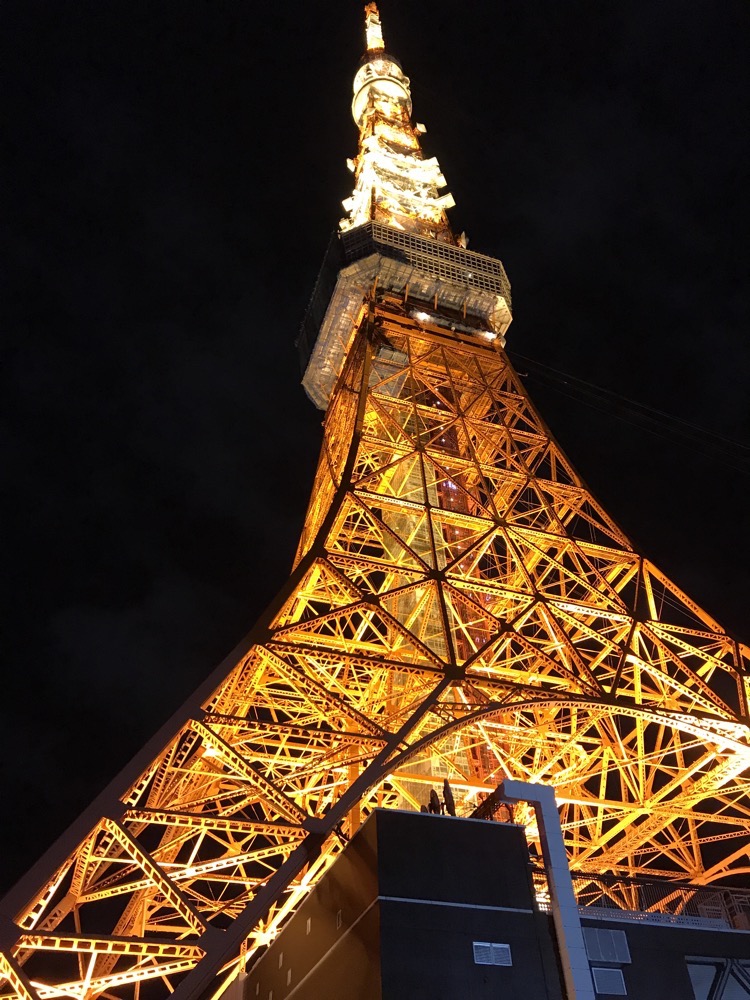
 Oddly, but completely in keeping with our visit to J-World on Anime Day, we stumbled onto a One Piece 20th Anniversary exhibit and store at the Tower. There is Nami again in her signature green bikini, and loads of cool merchandise – cooler stuff than they had at the offical store in the city.
Oddly, but completely in keeping with our visit to J-World on Anime Day, we stumbled onto a One Piece 20th Anniversary exhibit and store at the Tower. There is Nami again in her signature green bikini, and loads of cool merchandise – cooler stuff than they had at the offical store in the city.
 More One Piece – the little guy above with the ‘X’ on his hat is called Chopper, and he is supposed to be a reindeer that area a Hito Hito No Mi devil fruit which makes him anthropomorphic (or as the Teenager would say – makes him into a human hybrid or allows him to have human characteristics at will).
More One Piece – the little guy above with the ‘X’ on his hat is called Chopper, and he is supposed to be a reindeer that area a Hito Hito No Mi devil fruit which makes him anthropomorphic (or as the Teenager would say – makes him into a human hybrid or allows him to have human characteristics at will).
 Anyway, back to the Tower… it was covered in projected snowflakes and sparkly Christmassy stuff. It was lovely.
Anyway, back to the Tower… it was covered in projected snowflakes and sparkly Christmassy stuff. It was lovely.  The views were great and my little handheld camera either totally didn’t cope or I was completely inept, because my photos from up the Tower are not great.
The views were great and my little handheld camera either totally didn’t cope or I was completely inept, because my photos from up the Tower are not great.

 We stopped for a bit and had a blindingly sweet coke spider (yes, it’s freezing cold outside but there is still ice cream and frozen treats everywhere) and then after that sugar rush my photos got way better. 😉
We stopped for a bit and had a blindingly sweet coke spider (yes, it’s freezing cold outside but there is still ice cream and frozen treats everywhere) and then after that sugar rush my photos got way better. 😉 
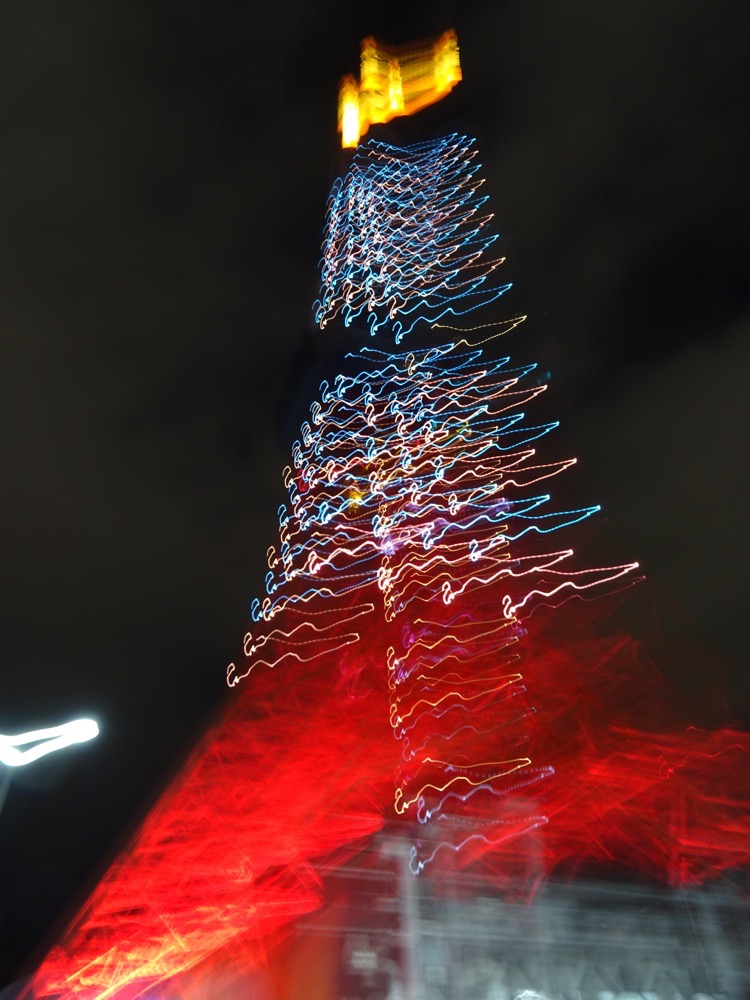 Thus endeth out second day in Tokyo! 🙂
Thus endeth out second day in Tokyo! 🙂

